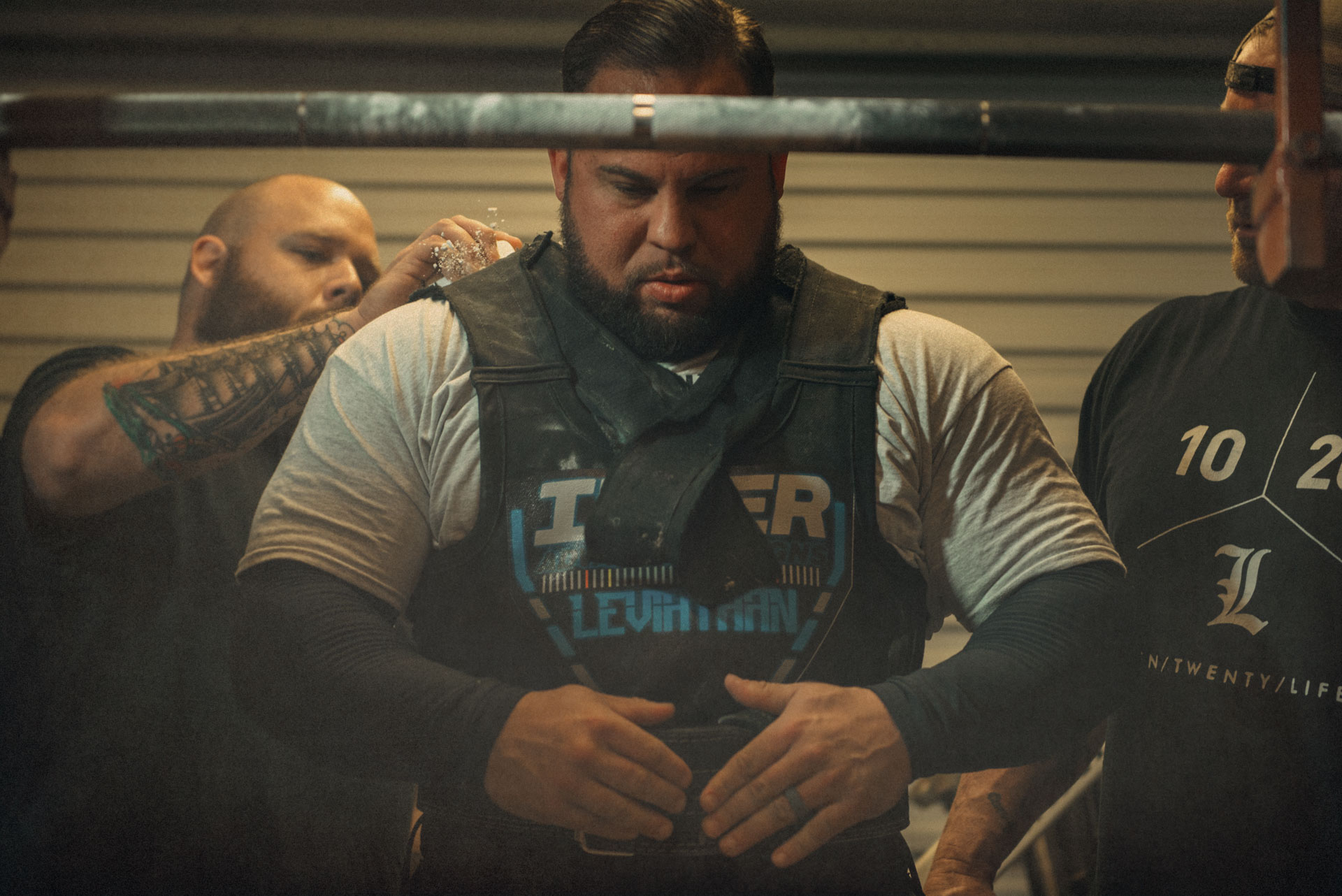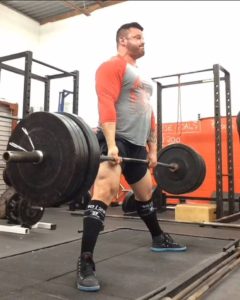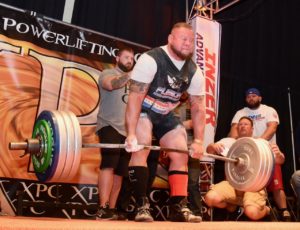
06 Aug Breathing Techniques: The Valsalva Maneuver & Saving Your Back From Injury While Moving Heavy Loads
By: Lisa Guggisberg
Powerlifters move heavy stuff and when that is not done properly they run the risk of injury. Therefore, in order to continue to do what a powerlifter loves, move heavy weight, precautions are taken to protect the back. One of those precautions is learning how to properly breathe. You might hear the cue “big breath” a lot however, I am amazed at how many people do not know how to properly breathe or understand why they are taking a big breath when squatting, benching and deadlifting.
[wa-wps]Why is breathing so important and why does proper breathing protect the back? When attempting a big squat, bench or deadlift, pressure or compression is placed on the spine. To help protect the spine, abdominal muscles must be engaged. Abdominal muscles include the internal and external obliques, rectus, transversus, iliacus, quadratus lumborum, and psoas major (hereinafter referred to as the “trunk”). When the trunk is activated a rigid, protective corset or, as some like to call, a ‘poor man’s squat suit’ is created. Taking a deep breath and holding the breath properly will engage the trunk or your ‘built in suit’. The tighter your suit or trunk is, the more you protect the spine.
Think of your spine and trunk as a bicycle wheel. The metal rim is the spine, your abs, or trunk, are the rubber portion or wheel. Have you ever tried to ride a bicycle with a flat tire? Chances are it’s pretty difficult to control the bike and eventually damage will occur to the bicycle’s rim. If the tire is filled up with air the bicycle is much easier to control and the rim is protected. The same goes for your spine. Squatting, benching and deadlifting without some bracing system, i.e. a full breath of air can lead to possible spinal flexion, compression and rotation, which lead to injury.
Let’s get textbook scientific now, stay with me folks, it won’t be too painful.
The National Strength and Conditioning Association (NSCA) Essentials of Strength Training and Conditioning addresses this theory:
“When the diaphragm and the deep muscles of the torso contract, pressure is generated within the abdominal cavity. Because the abdomen is composed mainly of fluid and normally contains very little gas, it is virtually incompressible. The abdominal fluids and tissue kept under pressure by tensing surrounding muscle (deep abdominal muscles and diaphragm) have been described as a “fluid ball” that aids in supporting the vertebral column during resistance training. Such support may significantly reduce both the forces required by the erector spinae muscles to perform an exercise and the associated compressive forces on the disks”. (p. 85)
In simple terms: hold your breath properly, engage the abdominal/trunk muscles and protect your back.
How to Breath/Brace Properly
The Valsalva maneuver is a breathing technique you can utilize to help brace properly. This maneuver will increase the rigidity of the entire trunk, making it easier to support heavy loads by maintaining proper vertebral alignment and support. Rigidity of the entire trunk “reduces the associated compressive forces on the disks during lifting. It also helps to establish the “flat-back” and erect upper trunk position” in the deadlift and squat. (p. 328)
The Valsalva maneuver is performed by attempting to forcibly exhale while keeping the mouth and nose closed, or simply holding your breath. By holding your breath in this manner it creates a pocket of pressure in the abdominal and thoracic cavities thus creating the “fluid ball” as discussed above.
Here’s how to perform the Valsalva move. It’s pretty simple.
1. Take a really big, deep breath before the movement; hold the breath in for the entire rep.
2. Exhale at completion of the rep.
- For the Squat, at the top, hips locked out and ready to re-rack.
- For the deadlift after you have lowered the bar to the floor-NOT AT THE TOP OF THE DEADLIFT when doing multiple reps.
- For the Bench after you have locked out.
3. Repeat for each rep.
While a belt is not necessary when using the Valsalva maneuver, using a belt can help increase intra-abdominal pressure as a belt will give you something to help push your trunk against.
When used safely and properly the Valsava maneuver can mean heavier loads while protecting the back for a lifter. Something to keep in mind next time you hear “big breath and go”.
Works Cited
Baechle, Thomas R. Essentials of Strength Training and Conditioning. 3rd ed. Champaign, IL: Human Kinetics, 2008. Print.
Get The 10/20/Life Ebook Here!
Latest posts by Lisa Guggisberg (see all)
- Lisa Guggisberg: Offseason Bench Day - July 16, 2018
- Lisa Guggisberg: TRYING OUT NEW INZER PREDATOR BRIEFS - July 5, 2018
- LISA GUGGISBERG-OFFSEASON BENCH & SQUATS - June 22, 2018







Sorry, the comment form is closed at this time.